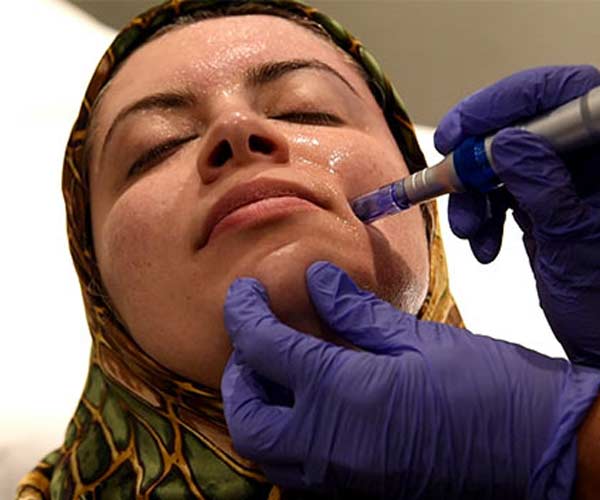Unlock Your Skills: Complete HydraFacial Training Guide
By Dr. Stephen Cosentino
PRESIDENT OF EMPIRE MEDICAL TRAINING
In the United States alone, aesthetic and cosmetic providers perform more than 2 million HydraFacial procedures per year. The treatment is more popular than Botox, which is among the most sought-after minimally invasive cosmetic procedures around.
HydraFacial treatments are so popular because they’re even less invasive than Botox and dermal fillers — no needles required — and because they produce great results. Whether they seek remedies for specific skin conditions or simply want radiant skin, patients trust the HydraFacial method with their skin health.
This procedure’s growing popularity makes it a compelling addition to any aesthetic practice. But to thrive in an increasingly competitive field and protect your reputation for excellence, you need to invest in comprehensive HydraFacial training — ideally as part of a broader facial aesthetics training course.
What Is HydraFacial Training?
HydraFacial treatment uses a patented technology that utilizes a three- or four-step process to clean, exfoliate and extract, and hydrate skin. The end result is a marked improvement in texture and tone.
Sometimes called “hydradermabrasion,” HydraFacial treatment combines deep exfoliation (similar to microdermabrasion) with a salicylic acid chemical peel, followed by application of powerful hydrating serums and growth factors. It’s appropriate for all skin tones and skin textures. Unlike some other skin treatments, it’s indicated for all skin types, including sensitive skin.
Comprehensive HydraFacial training courses cover:
- Best practices for using HydraFacial treatment machines
- Basic and advanced treatment techniques
- Indications for HydraFacial treatment, such as fine lines and wrinkles
- Contraindications for treatment, such as recent laser skin treatments or dermal filler injections and active rashes, sunburns, or rosacea
- Patient intake and evaluation
- Post-treatment patient instructions and follow-up
- Strategies for marketing and packaging HydraFacial treatments alongside other spa and cosmetic services
Benefits of HydraFacial Treatment
HydraFacial training should not only be about teaching the intricacies of HydraFacial procedures. It should also help providers make the case for the treatments to their current and future patients.
A thorough understanding of HydraFacial benefits can help. Those benefits of treatment include:
- Few if any side effects
- Painless, even pleasant treatment process
- Rapid, in-office procedure that produces results right away
- Consistent results regardless of skin type or tone
- No injections or incisions
- Wide range of treatment cases, including clogged pores, puffy skin, and fine lines and wrinkles
- Endlessly customizable with specialized boosters, such as additional growth factors or serums that enhance complexion
Where to Find HydraFacial Training
Many reputable medical training providers offer standalone Hydrafacial training. There’s nothing wrong with this approach. HydraFacial treatment is increasingly popular and many providers seek to add it as a one-off service for their patients.
But because HydraFacial treatment complements so many other types of common skincare procedures, including chemical peels and micro needling, it’s best sought as part of a comprehensive facial aesthetics training program.
The best facial aesthetics training programs are overseen by board-certified clinicians and include extensive practical (hands-on) training on live volunteers or patients. They should provide participants with extensive supplemental materials for pre- and post-course review. And, of course, they should provide adequate continuing medical education (CME) hours and official certification following successful completion.


